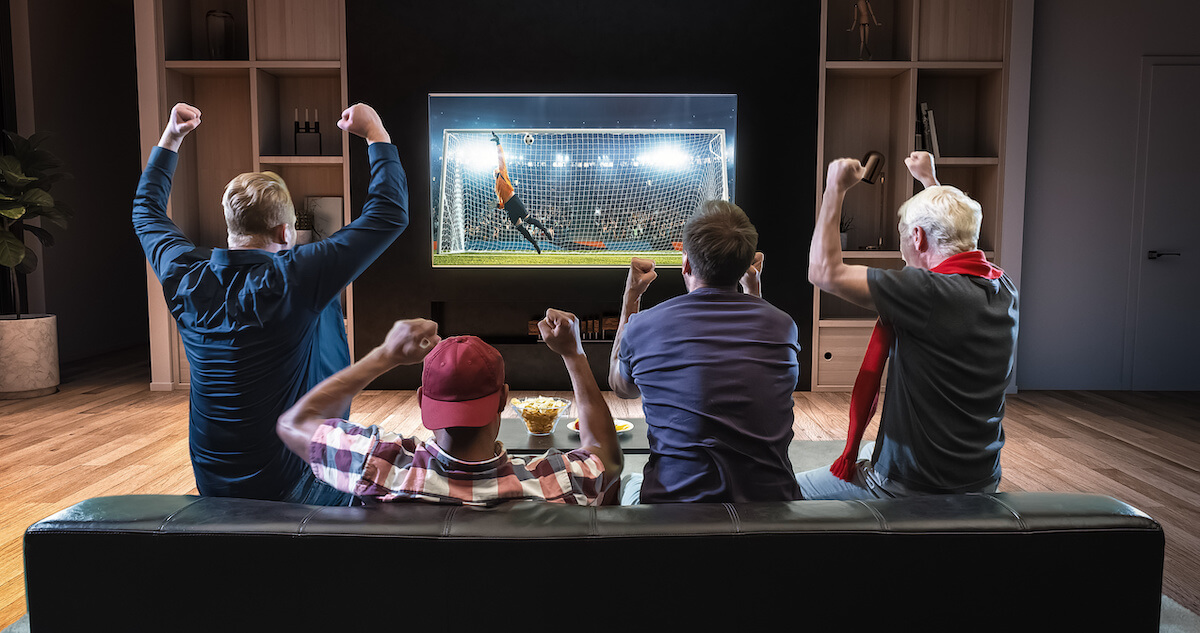Item removed from Wish List!
Item added to Wish List!
Learn how to use a wall entertainment center to create a stylish focal point and functional space for watching the big game and more.

By clicking “Accept All Cookies”, you agree to the storing of cookies on your device to enhance site navigation, analyze site usage, and assist in our marketing efforts. More Information